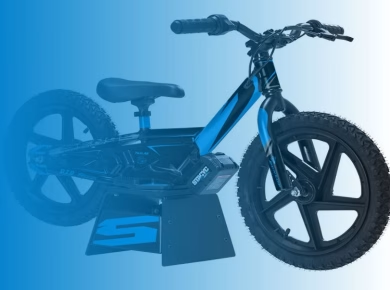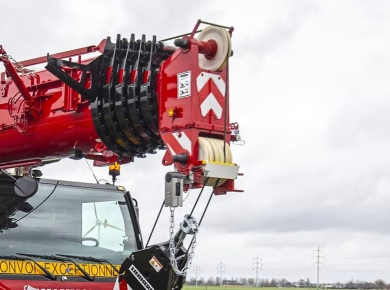When considering the types of surfaces for sports fields, playgrounds, and even residential lawns, the debate often comes down to turf versus natural grass. Each option has its staunch advocates and detractors, and understanding the ramifications of choosing one over the other can significantly impact your experience, costs, and upkeep. Both turf and natural grass have their respective advantages and disadvantages, making the decision multifaceted. This article delves into the costs and maintenance aspects of each type, helping you make an informed choice.
Understanding Natural Grass
Natural grass has been the go-to choice for centuries. It evokes images of lush green parks, vibrant sports fields, and backyard barbecues. But what does it really entail in terms of cost and maintenance?
The Initial Investment
The initial cost of laying down natural grass can vary widely based on several factors. These include the type of grass you choose, the size of the area, and the condition of the soil. For instance, the cost of sod can range from $0.50 to $2.00 per square foot, while seeding is often less expensive, typically costing around $0.10 to $0.30 per square foot. However, remember that seeding requires a longer establishment period, which can delay your use of the area.
Maintenance Costs
Once established, natural grass demands regular maintenance. This includes mowing, watering, fertilizing, and pest control. Depending on your local climate, you might need to water your lawn once a week or more, particularly during the hot summer months. Watering can consume significant resources; for instance, a typical lawn may require about 1 to 1.5 inches of water per week.
Fertilizing is another expense that should not be overlooked. Organic fertilizers can cost between $0.10 and $0.30 per square foot, while synthetic options may range higher. Moreover, mowing your lawn can either involve purchasing a mower or hiring a service, which can add to your overall expenses.
Environmental Considerations
Natural grass offers several environmental benefits. It helps with carbon sequestration, improves air quality, and provides a habitat for various wildlife. However, it does require water, and in areas prone to drought, maintaining a green lawn can lead to increased water consumption and potential restrictions on usage.
The Appeal of Turf
Artificial turf has gained significant traction over the years, particularly in sports arenas and recreational complexes. It offers a host of benefits that appeal to both facility managers and homeowners alike.
Upfront Costs
The initial investment for artificial turf can be significantly higher than that of natural grass. Costs can range from $5 to $20 per square foot, depending on the quality and brand. Installation can also add to the total expense, with professional installation being highly recommended. While the upfront cost is substantial, many argue it balances out over time due to reduced maintenance expenses.
Maintenance Savings
One of the most compelling reasons to consider turf is the low maintenance it requires. There’s no need for mowing, watering, or fertilizing, which can result in significant savings. Periodic cleaning to remove debris and occasional brushing to maintain the appearance are the primary upkeep tasks.
However, it’s worth noting that while turf is low maintenance, it is not maintenance-free. Over time, the infill material may need to be replenished, and the surface may require repairs, especially in high-traffic areas.
Longevity and Durability
Artificial turf is designed to withstand heavy use, making it a favorite for sports facilities. A high-quality turf installation can last anywhere from 8 to 15 years, depending on usage and quality. This durability means that, while the initial investment is steep, the long-term use can spread the cost over many years, making it more economically viable for some.
Comparative Analysis: Cost and Maintenance
When weighing your options, it’s essential to look beyond initial costs and consider long-term implications.
Long-Term Financial Perspective
If you’re focused strictly on upfront costs, natural grass may appear more appealing. But consider this: over the lifetime of the grass, maintenance costs can accumulate. Regular watering, fertilizing, and mowing can add up significantly. If you opt for turf, the higher initial investment may well be offset by the lack of ongoing maintenance expenses.
Time Investment
Maintenance time is also a critical factor. Homeowners who enjoy gardening may appreciate tending to natural grass, while those with busier lifestyles might prefer the instant gratification of turf. If you’re looking for an easy-care option that allows more free time, turf may be the solution you need.
Addressing Common Concerns
Many people have lingering questions when it comes to turf versus natural grass. Let’s address some of the more common concerns.
Heat and Safety
One significant concern about artificial turf is its temperature. On hot days, synthetic surfaces can reach extreme temperatures, potentially making it unsafe for children and pets. Conversely, natural grass tends to remain cooler and provides a softer landing for falls, which is particularly important in play areas.
Allergies and Chemicals
Natural grass can exacerbate allergies for some individuals due to pollen. Additionally, the use of chemicals for pest control and fertilization can be a concern for families wanting to maintain a healthy environment. Turf, being inert, doesn’t produce pollen, making it a hypoallergenic option. However, it’s essential to consider whether you’re comfortable with the synthetic materials used in its construction.
Conclusion: Making the Choice
In the turf versus natural grass debate, there’s no one-size-fits-all answer. It ultimately depends on your specific needs, budget, and lifestyle. If you’re after a lush, vibrant lawn and enjoy tending to it, natural grass may be the way to go. On the other hand, if low maintenance and durability are your top priorities, then artificial turf might suit you better.
As you reflect on your decision, consider factors such as your local climate, the intended use of the space, and how much time and money you’re willing to invest in maintenance. Each option has its unique charm and set of challenges, and the right choice for you will depend on a careful consideration of these elements.
In the end, whether you choose turf or natural grass, both can offer beautiful, functional spaces that enhance your property and lifestyle. Take some time to weigh your options, do some research, and you’ll find the perfect fit for your needs.



